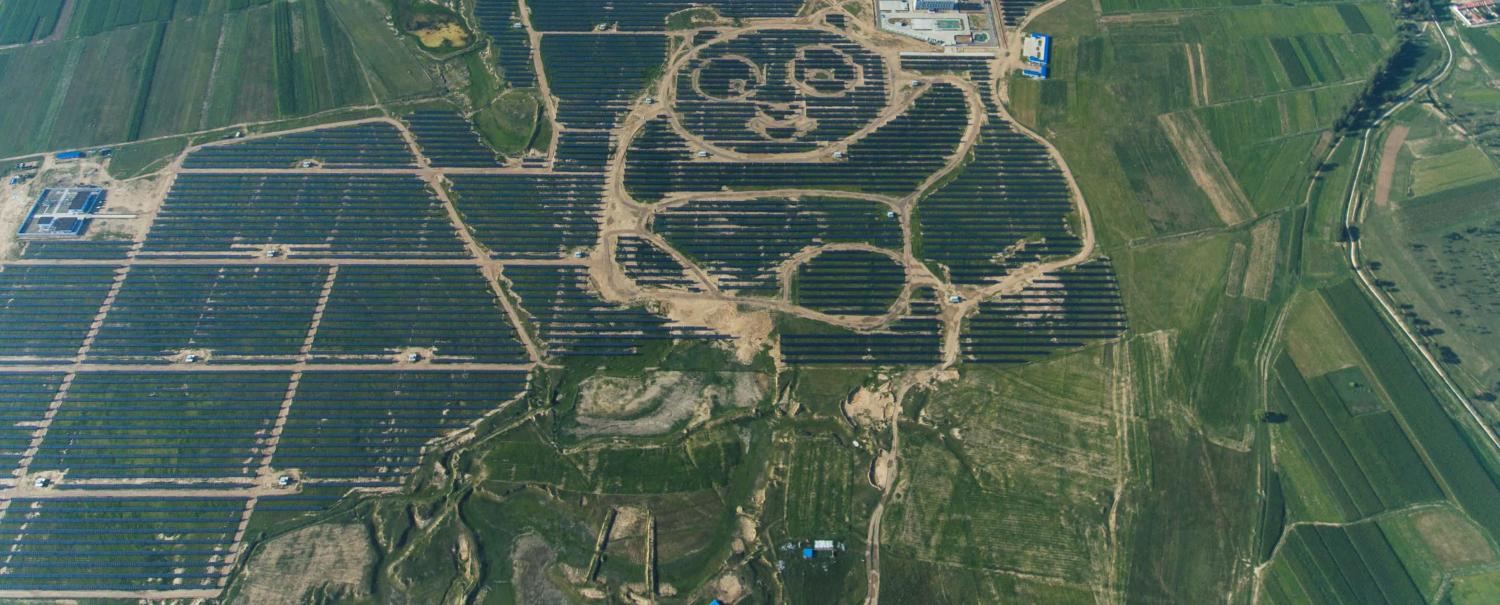There are so many strongly-held views, so many vested interests and lobbyists, so much political spin and such complexity in the energy/climate debate that it is not easy to find reliable forecasts and commentary. One of the more useful sources is the International Energy Agency – an autonomous intergovernmental agency. Its annual outlook report reflects the wishful thinking embodied in individual country plans and Paris Accord promises, but, with that bias in mind, it also offers a globally consolidated and illuminating longer-term (2040) perspective.
The IEA sees world energy demand growing more slowly than in the past, but still rising by 30% by 2040. Without the assumed energy efficiency measures (for example, one quarter of China’s cars will be electric), the global increase would be twice as great.

Which countries are driving this demand? They fall into three broad groups. First, the mature countries, which are expected to reduce demand a little. Second, China, whose overall energy demand grew 8% annually from 2000 to 2012, but has slowed to 2% since then. Driven by concerns about pollution more than global climate change, China’s energy demand is envisaged to grow only 1% annually until 2040, largely thanks to efficiency measures, slower GDP growth and the shift in production towards services.
The third group are the countries that started further behind, with the inevitability of big increases in demand for electricity. In this category, India alone accounts for nearly a third of the expected global demand increase. Much of Southeast Asia falls into this same category, with demand expected to rise by two-thirds by 2040. The issues raised in the global report are illustrated in more detail in another recent IEA report specifically on Southeast Asia. Low-energy-users such as Indonesia and the Philippines have substantial pent-up demand and a long way to catch up. Coal also plays a central role in their plans.

What is the source of supply of this increased global energy demand? The huge expansion of coal-generating capacity over the past two decades is expected to slow, with net additions to coal-fired generating capacity growing by 400 gigawatts by 2040, compared with growth of nearly 900 gigawatts so far this century. Optimistically, overall coal consumption is forecast to rise very little by 2040. China’s consumption is predicted to fall and India’s reliance on coal-fired electricity to fall from three-quarters to one-half of its generating capacity. But coal accounts for such a large part of current energy supply that even modest increases mean big tonnages.

Oil demand rises by 10 million barrels per day to reach 105 by 2040. Over the next decade or so, most of this comes from the expected spectacular increase in US production of ‘tight’ (shale-based) petroleum. Later on, the Middle East will have to supply the ongoing increases.
More spectacular still is the increased role of US gas, mainly shale-derived. Gas comes to account for a quarter of global energy demand, the second-largest fuel in the global mix after oil.

The IEA’s ‘good news’ story highlights the prospective big increase in renewables, accounting for two-thirds of the global investment in electricity-generating capacity. By 2040, renewables will provide 40% of generating capacity. Low-carbon and gas sources will meet 85% of the increase in energy demand.
The ‘bad news’ story is that energy-related emissions still increase in this scenario and ‘this outcome is far from enough to avoid severe impacts of climate change’. To achieve the IEA’s alternative Sustainable Development Scenario, all countries would have to do very much more (including China, which in the base scenario keeps it emissions flat). Efficiency measures would have to be ramped up substantially, coal and oil would have to play a greatly reduced role, and gas and renewables would have to fill the gap.

To illustrate what the sustainable target would imply for the group of countries which start with low energy consumption and whose demand will increase by the most in percentage terms, this graph illustrates how Southeast Asia would have to reduce its consumption and change its energy mix to play its part in the sustainable scenario.

It’s easy to be sceptical about the IEA’s scenarios, based as they are on plans and promises, but there are some powerful messages here:
- Even if these plans and promises were achieved, emissions will rise and the two-degree target is way beyond reach on the IEA’s base scenario.
- There are feasible options to achieve a sustainable path, with gas and renewables playing the key role. Both are cost-effective substitutes for coal and oil, though oil will still be needed for trucking, aviation, and shipping.
- Those countries starting with low energy consumption will inevitably increase their demand substantially. In any realistic scenario, this has to be accommodated. Much of this will be met by coal unless price-competitive alternatives are on offer and current plans change.
- Even where there are cost-effective alternatives, policy decisions to phase out coal (such as the commitment of 20 countries to ‘Power Past Coal’, eliminating its use by 2030) will be needed for the sustainable scenario.
- US shale gas and petroleum will transform global energy supplies over the next decade and will be a key element in the transition to lower emissions, provided that methane leakages can be contained.
- There have been ‘good news’ surprises in the past (US shale, China’s concern with pollution, and the dramatic fall in renewables costs). But more positive surprises will be needed if the sustainable scenario is to eventuate.

